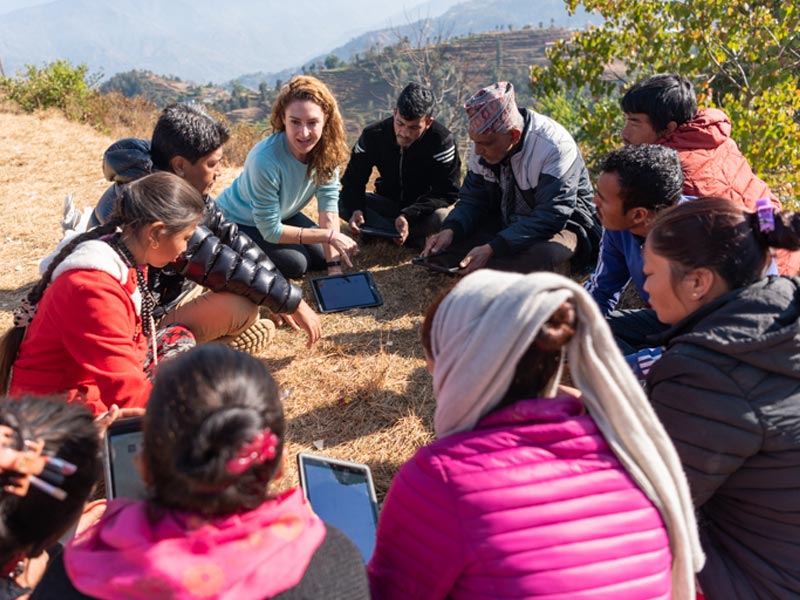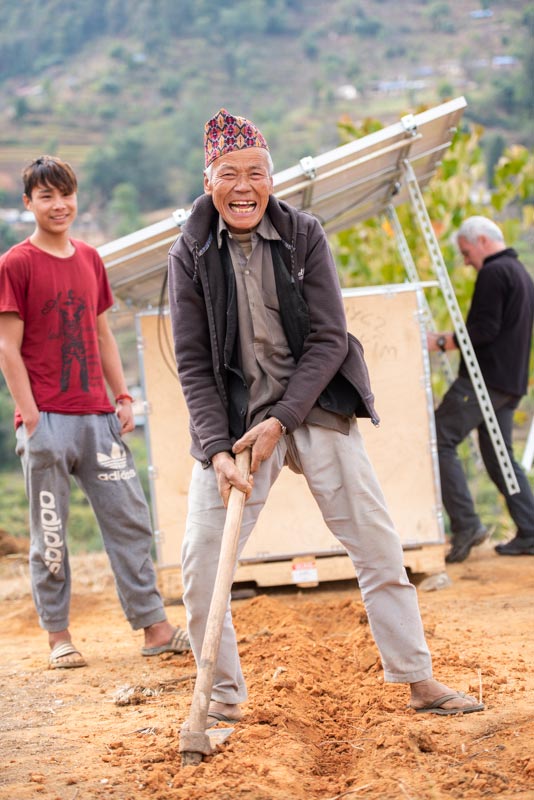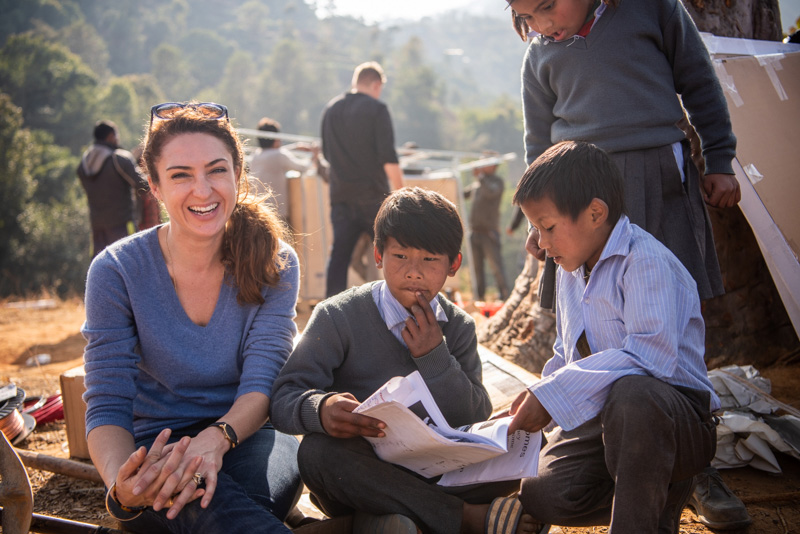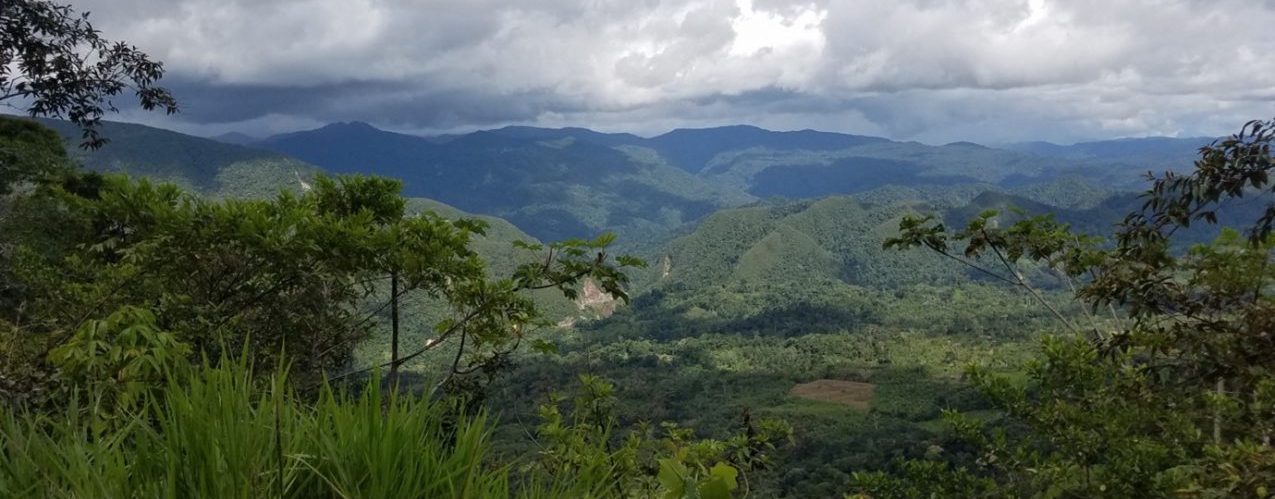1-in-5 children have absolutely no access to education – that’s 263 million children globally who can’t go to school. Even if we could afford to reach every child with a school place we would still need 69 million more teachers to reach current global educational targets, which are woefully low.
We know that education is the only way to level the playing field for all children, and yet we have no means to reach every child with a quality education. Until recently… www.projecthelloworld.org Hello World was founded by Katrin McMillan to test a new paradigm for education, one that really can affordably reach every child.

How a TED Talk inspired Hello World
In a visit to one of the world’s most remote tribes, the Hamar tribe of South Omo, Ethiopia, Katrin came across yet another derelict school building with no teacher and no books. This wasn’t an isolated experience during her work in Africa. This particular school and the children playing teachers with sticks, was the last straw. Katrin became fixated on how to get education to places where no teachers will go.
Katrin says: “I looked at some of the many failed ed-tech projects littering Africa, played quite a lot of games in which penguins learn to count, got better at times tables and, finally, a friend sent me Professor Sugata Mitra’s TED talk: Build A School In the Cloud. It’s probably a good thing that I wasn’t all that techie because I saw it and thought, “Great, that’s what I’ll do”. If I’d known then what I know now I’d never have picked up the phone and called Sugata to find out more. To his credit, Sugata took my call and, eventually, Hello World was born.”

Child-led digital education and connectivity
Hello World teaches children how to build out-door, solar-powered computer Hubs with 8 screens loaded with educational software and limitless wifi. Children can learn, play and connect with the world, using the internet to research, solve problems, connect with their families and tell their stories.
But the real innovation is not the technology, the success of Hello World is down to the way that they work with communities, teaching them every aspect of building and maintaining their Hello Hub. In this way the Hub communities are empowered to maintain and repair their Hub and they also invest in it and take ownership of it.
Douglas from Ruhoko in Nakivale Refugee Settlement put it best: “everyone always plays a very big role in (building) the hub… no matter their age, religion, country, tribe, colour, because of one thing. it belongs to everyone.”
Hopeful
We don’t need to feel hopeless about the global education emergency, Hello World is paving the way for a new approach that could improve millions of lives. Impact measurement company www.60decibels.com are studying the effect that the Hello World power and educational resources have in marginalized communities and some extraordinary results are coming through. Children picking up their education who were forced to flee their homes and abandon studies, adults researching and starting businesses using the internet, communities solving problems with youtube tutorials about how to build a sanitation system, when to plant seeds, family health… and so much more.

Manzi David from Nakivale Refugee Settlement in Uganda said this about Hello World; “I come from Rwanda. What I think will be good from the hub is that I will be able to apply for scholarships… my dream is to become an engineer. Now I think my dreams are going to come true with the help of free internet. We believe with Hello World we have a new vision.”
www.projecthelloworld.org














Show Comments +